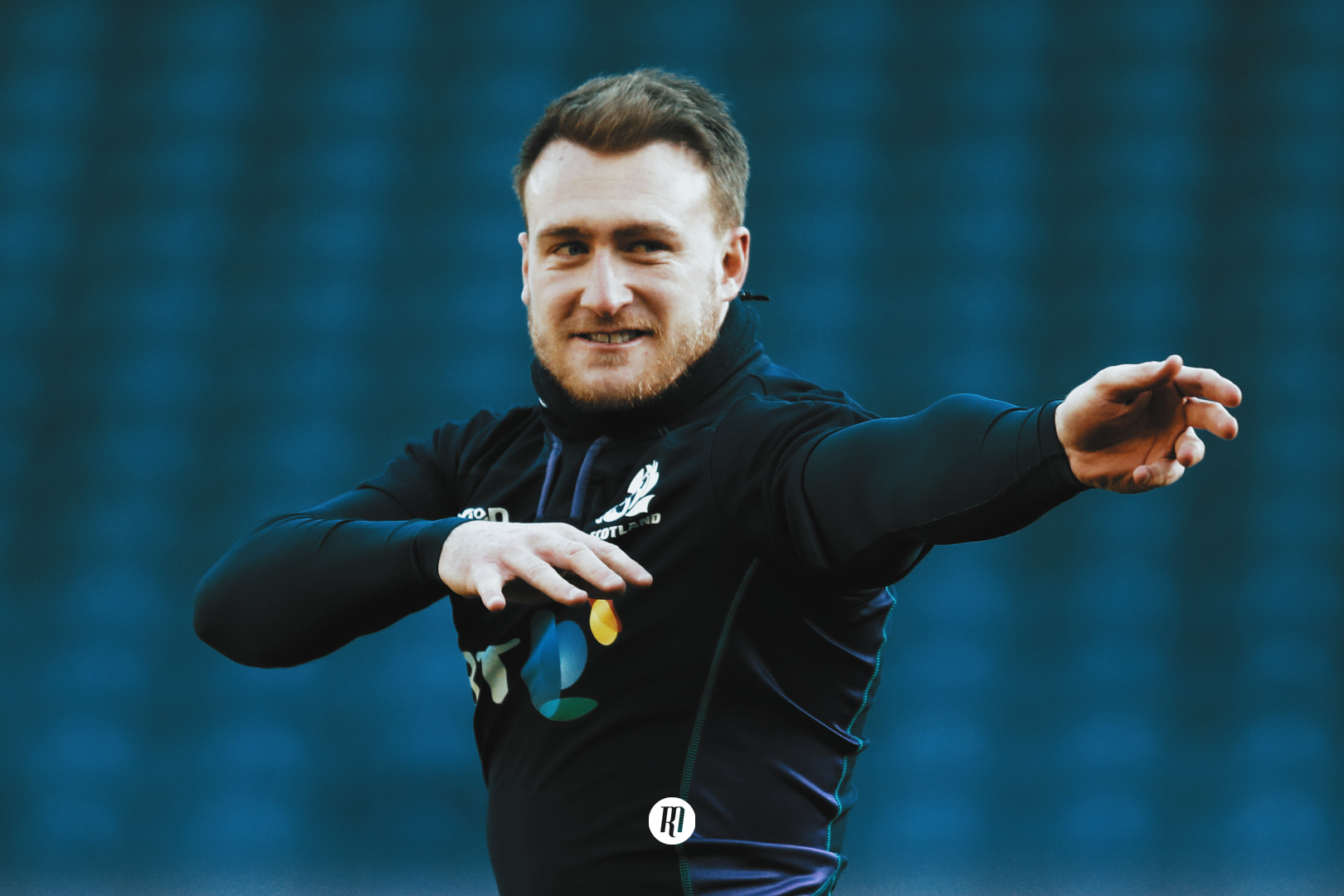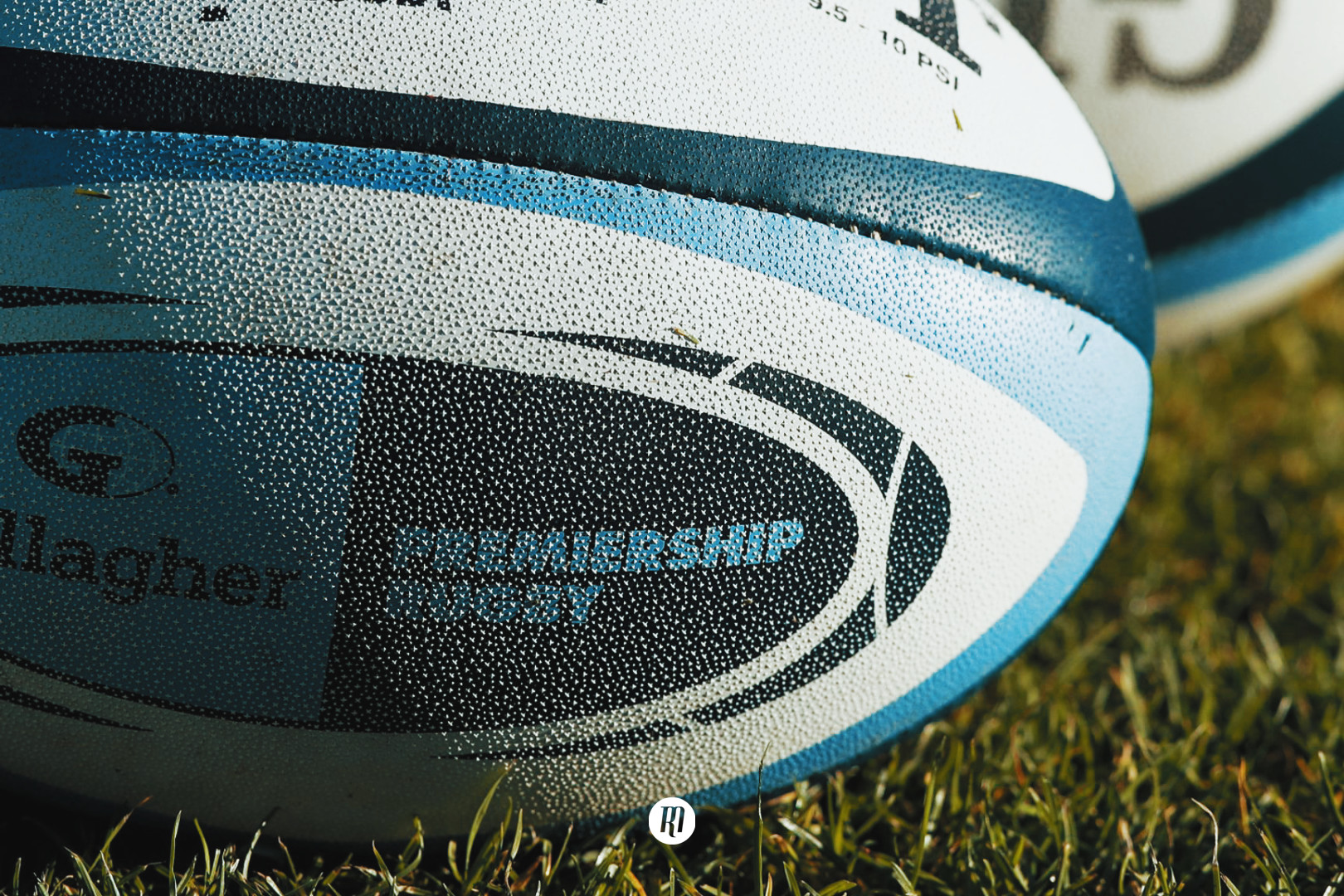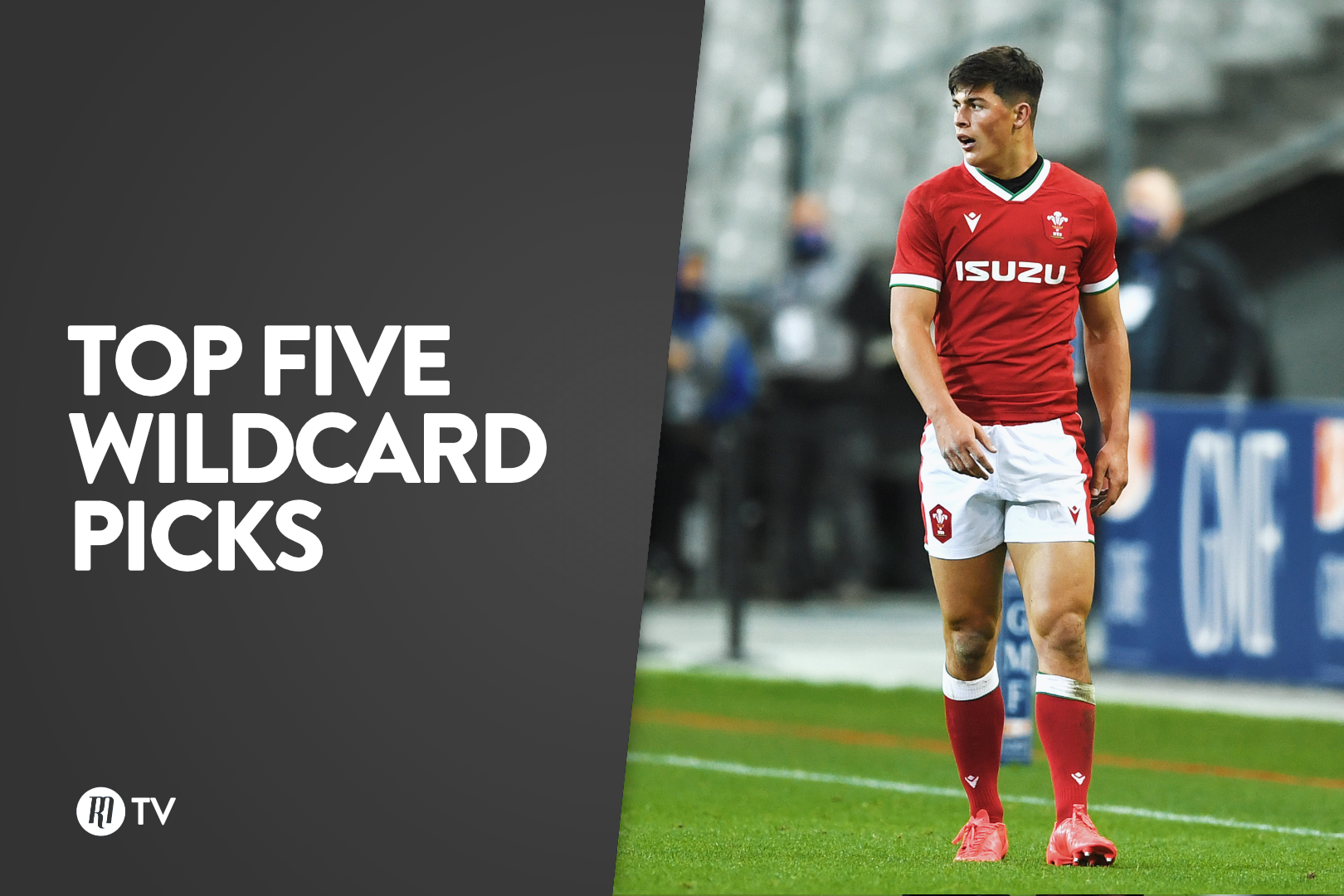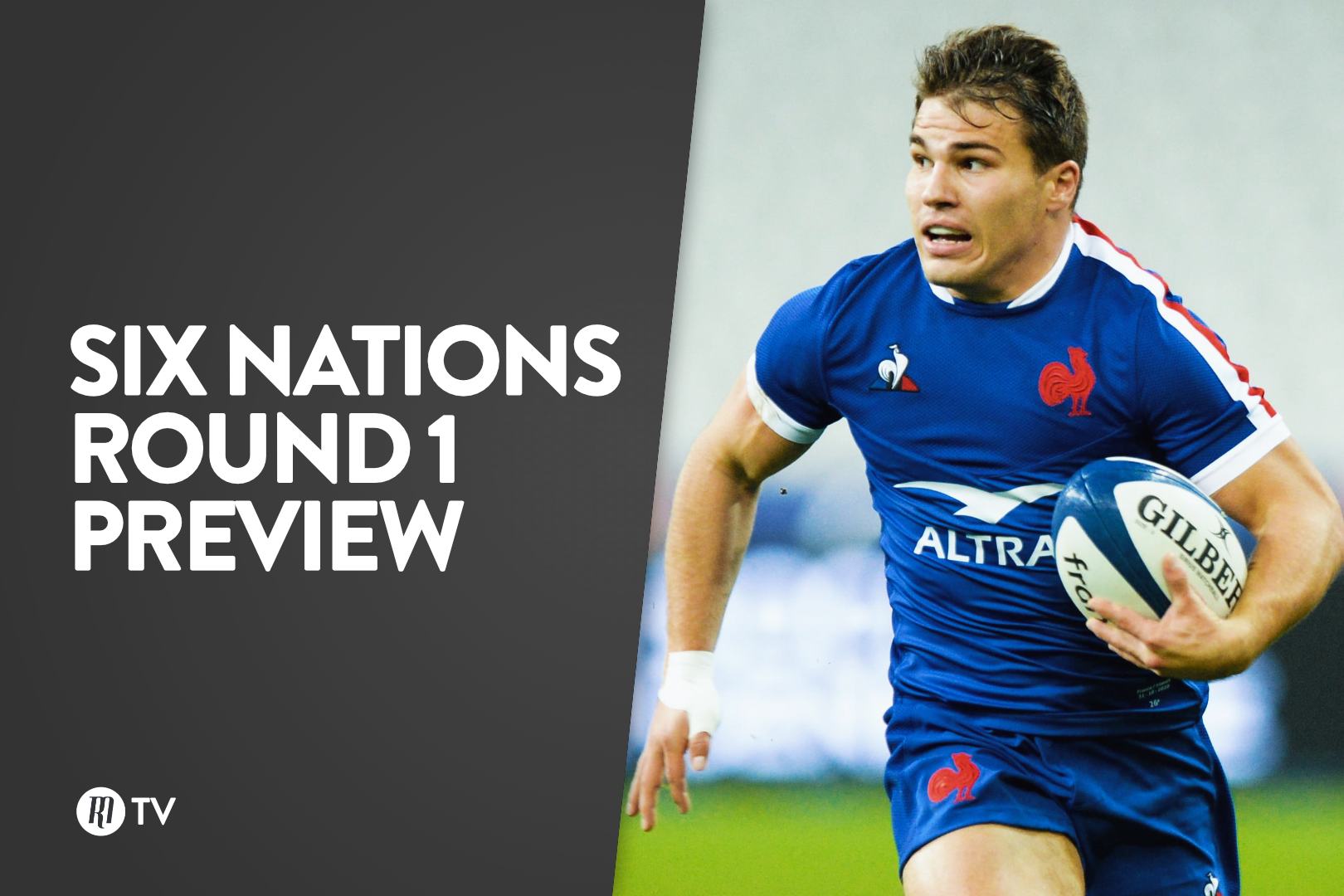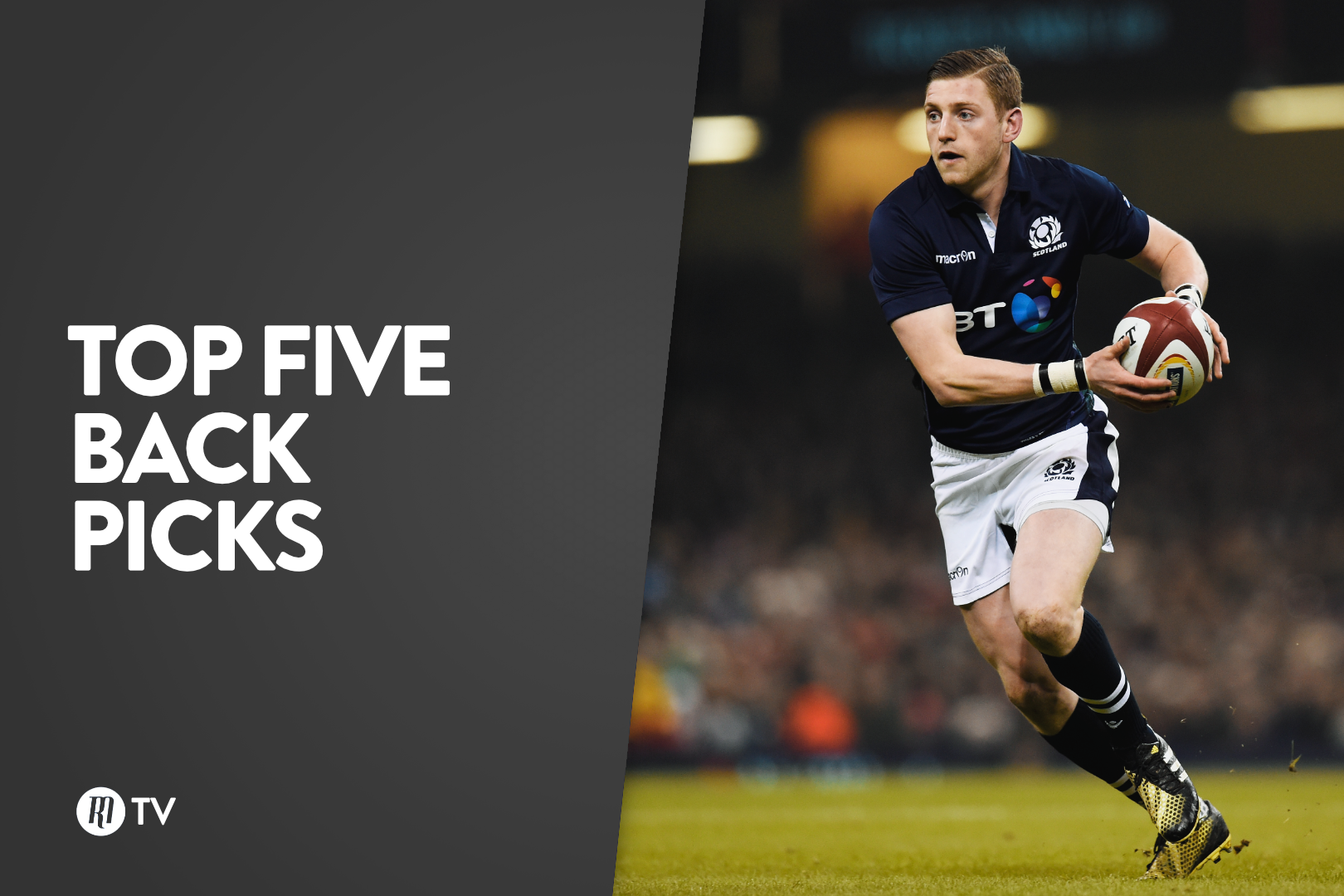Everyone wants a Stuart Hogg
We’ve seen a shifting in the winds over the last two years, with the global game of rugby union becoming gradually more aligned with the Southern Hemisphere style of play that favours attacking rugby. Amongst the many personnel changes to the top national teams with the aim of bamboozling opposition defences, Scotland’s Stuart Hogg has become somewhat of a forerunner for the modern, all-action fullback.
Hogg, the former Glasgow man now in-bound Exeter star, has been one of the few consistent outstanding performers for the Scots over the years since making his debut in 2012. A devastating runner and highly skilled playmaking option, having played for the British and Irish Lions at fly-half in 2013, Hogg’s Scotland role is now reflected in four of the top six Test nations; and to great effect.
Despite talk of an anti-Scottish bias, Wales and three-time Lions coach Warren Gatland - the man set for a fourth consecutive tour, thus completing the trilogy in South Africa in 2021 as head coach - has admitted that Hogg would probably have been his starting fullback in a three-Test series against the All Blacks in 2017. Gatland was also the man to start Hogg at fly-half for the Lions in a game against the Combined Country XV during the 2013 tour of Australia, putting together a Man of the Match performance in the unfamiliar position. Clearly a player Gatland holds in the highest regard.
In 2017, a freak accident in which Hogg collided with the raised elbow of teammate and Irish scrum-half Conor Murray ruled the 67-cap Scot out of the tour in just the third - his second - game on tour, fracturing his eye socket. The injury ended both Hogg’s tour and Gatland’s hopes of taking the game to the All Blacks with a playmaking, dangerous running option from the backfield. Of course, there was no drop in quality with Wales’ Liam Williams taking the reigns – and sparking the step that lead to that try – but the Saracens fullback does not possess the same ball playing faculty as Hogg, built in more of the traditional fullback mould; although admittedly an attacking-inclined one.
Given the option when faced with the toughest challenge in international rugby - beating the All Blacks in a three-Test series - Gatland sought out Hogg. The New Zealand coach wanted an extra dimension from the backfield and his side’s attack. The Wales boss has dabbled with a similar option with Wales with now injured fly-half Gareth Anscombe in the fifteen jersey and Dan Biggar at fly-half. A combination that has been tested both as a starting combo and a bench shakeup when injuries struck or a new dynamic was what the doctor ordered.
Like Gatland, the majority of the key contenders for this year’s World Cup have done their utmost to select their nation’s equivalent of Hogg in their backline. Not perhaps with the exact intention of imitating Hogg but with the purpose to create the same dynamic 27-year-old offers.
Most recently, All Blacks head coach Steve Hansen has attempted to widen his side’s horizons by shifting fly-half and two-time player of the year Beauden Barrett to the backfield with Crusaders’ star Richie Mo’unga taking the ten jersey. Despite New Zealand’s recent struggles and the shattering of their usual veil of invincibility, the menace of Barrett’s skillset in the wider channels and backfield have disclosed terrifying promise.
Taking a short hop to Hansen’s antipodean counterpart, Wallaby head coach Michael Cheika has also delved into the Hogg-esque stocks at fullback. Having his hand forced by the lamentable actions of Israel Folau, Cheika chose to pass over his more traditional option at fullback for his star inside centre, Kurtley Beale.
Capable at fly-half, inside centre and at fullback, Beale is probably the closest thing there is in Test rugby to a carbon copy of Hogg. The key difference between the two styles coming in Beale’s proclivity for a break down the middle of the field with a dancer’s sidestep than Hogg’s tendency to manipulate holes out wide.
Indeed, despite having the issue forced upon him, Australia seem a far more dangerous outfit with Beale at fullback. The result of this manoeuvre would see line-breaking centre Samu Kerevi moved into his preferred position at inside centre. The icing on the lamington cake of a backline came courtesy of former Sale Sharks’ man James O’Connor, injected last-minute as the linkman at outside centre.
When contemplating his decision to fill the sizeable Folau-shaped hole with Beale, the effectiveness of Hogg, injured New Zealand fullback/fly-half Damian McKenzie and England’s Elliot Daly - who we’ll come to later - will likely have served as proof of the potential benefits.
Taking the trip back north, Daly is another recent addition to the amassing number of Hogg replicas, taking over from a former favourite of Eddie Jones’s, Mike Brown. After a lamentable 2017/18 season for England in which Jones seems to have drastically reassessed the way his team operates, the Australian made one of his first big changes by elevating Daly to the fifteen jersey.
From here Daly is allowed far greater time on the ball, allowed to affect the game with his kicking, passing and ball-playing services to a far greater degree. Aside from the European Player of the Year - Saracens fullback Alex Goode, who seems to lack the out and out speed and youth Jones desires from his fullback - there are precious little other options available to Jones when it comes to a Hogg clone.
Issues under the highball and in defence aside, which are often exaggerated, the difference Daly has made to England’s attack over the last year has been marked. Indeed, it is probably the truest representation of Jones’s desire to transform his side from stoic and primarily hard-nosed to the dynamic side we’ve seen over the last ten months.
Even South Africa, the nation long-lauded for the aggressive style of play returned to playmaking fullback Willie le Roux, with Rassie Erasmus making the at the time Wasps player one of his key overseas targets to formulate his version of the Springboks.
Of the top seven nations competing for the World Cup, only Wales and Ireland are without a true playmaking fullback. On closer observation, this may be due to the fact that no standout candidate has stepped forward. Only Anscombe offered Gatland this option, and went on to prove himself far more adept in the ten jersey than the fifteen. As for Ireland, only young Munster fly-half Joey Carbery stands as an option within the regular matchday 23. But, the experience and return to form of Rob Kearney and Joe Schmidt’s prescriptive game plan that so rarely leaves room for a second playmaker makes trialling Carbery in the fifteen jersey an ill-suited move.
Although, Schmidt may find himself in need of a change in dimension at the World Cup if Ireland find themselves stunted by their oppositions’ defence. As was the case during a disappointing 2019 Six Nations campaign. If so, Carbery may well be utilised in his secondary position to add a bit of extra spice to the men in green’s attack.
As a sport, rugby has been slowly shifting to align itself closer to the Super Rugby style of play than the Northern Hemisphere, with faster and faster attacking performances paired with an increased mobility of backrowers, props and forwards in general. Having these playmaking fullbacks - with genuine pace and not merely a fly-half crowbarred out of position - allows a team to split the field in attack, with a playmaker and one or two strike-runners on either side of the pitch. Often, we see the more creative teams doubling up on playmakers down the middle to truly play havoc with a defensive line; see the Wallabies’ recent game against the All Blacks.
Indeed, some sides have gone as far as offering an additional third playmaker in the backline in the centres, with England utilising either Piers Francis or Henry Slade in midfield and Australia opting for O’Connor in the thirteen channel.
Scotland’s Hogg was the original triple threat in the current generation of Test As ever, the original is still the best around. It is now down to the rest of his Scottish comrades to lay the platform for him to prove it.

Filed under:
International, Rugby World Cup, Six Nations, Rugby Championship, Australia, England, Ireland, New Zealand, Scotland, South Africa, Wales
Written by: Alistair Stokes
Follow: @alistokesrugby · @therugbymag
